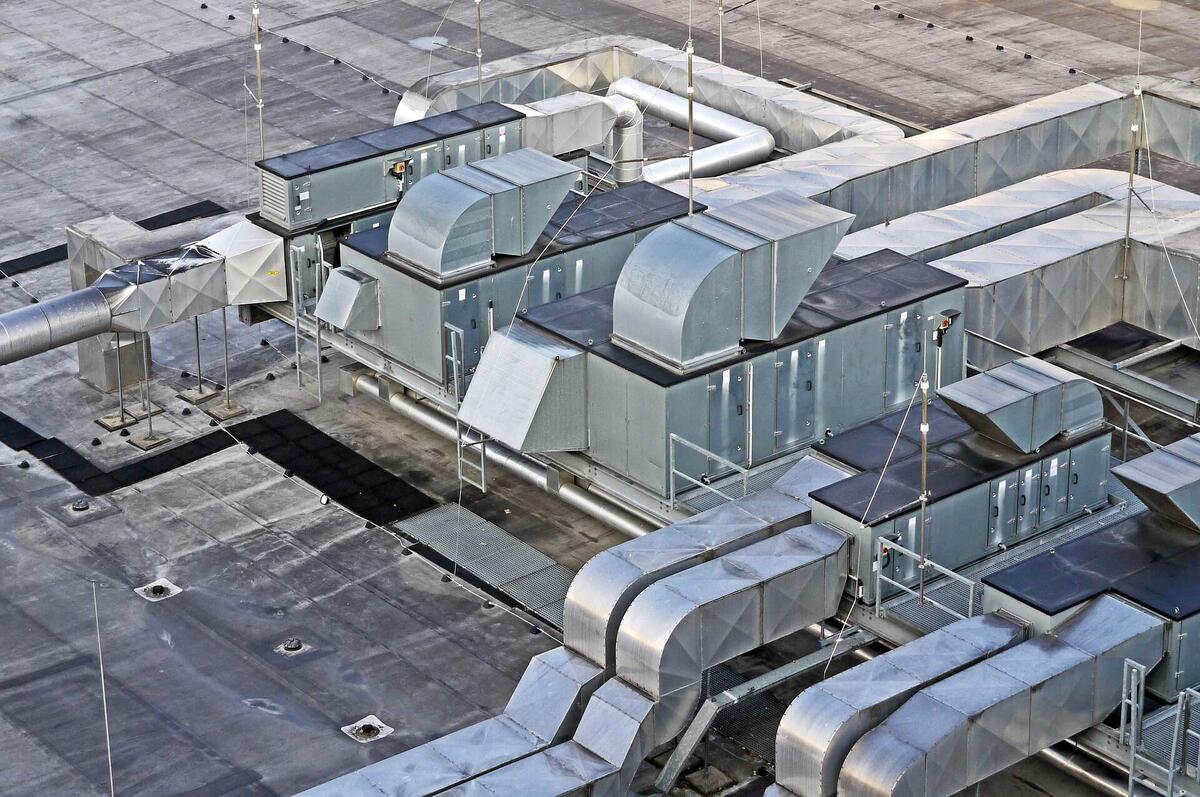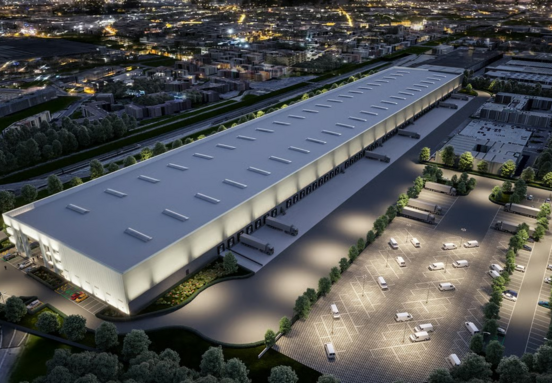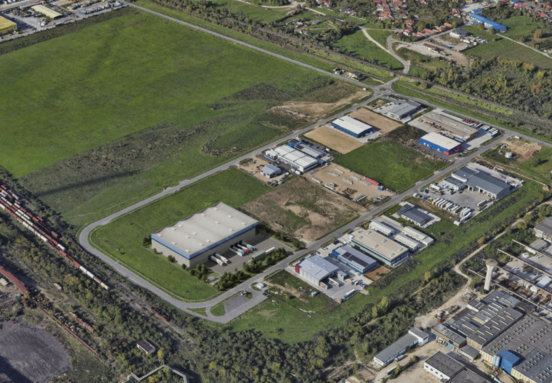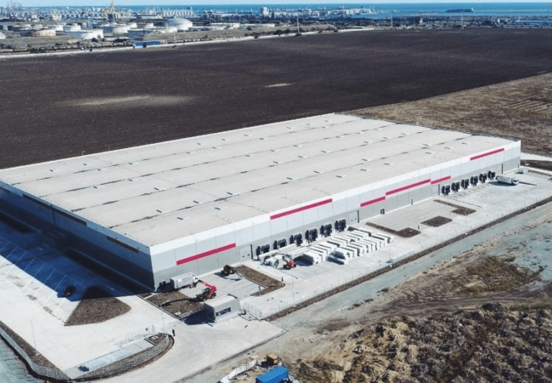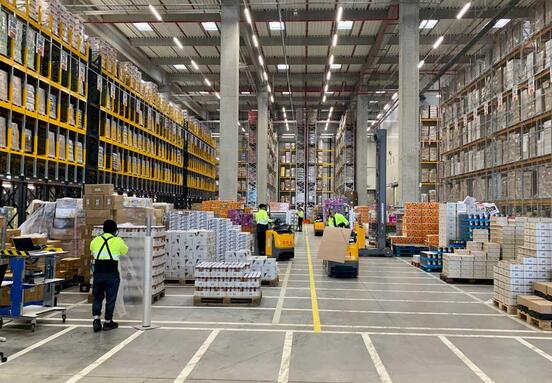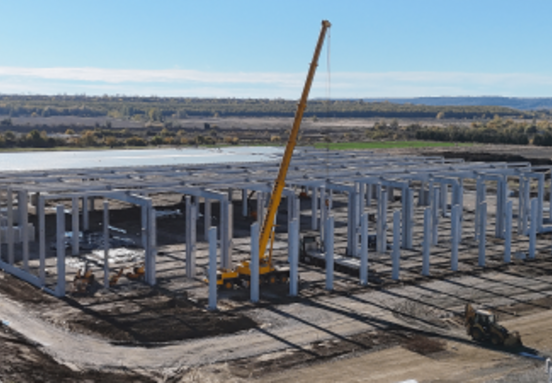By the time when most commercial building owners decide to upgrade their HVAC systems, cooling equipment, and boilers, existing equipment has been in operation for over 20 years. From a technological point of view in two decades, a lot of changes when it comes to high-efficiency systems, based on modern technology of building automation. That is why it is good for building owners to know a few strategies that will allow them to optimize HVAC equipment throughout their lifetime.
Most states have adopted an Energy Code - either the International Energy Conservation Code (IECC) or ASHRAE 90.1 - which stipulates the obligation to implement energy monitoring and conservation strategies for HVAC installations.
Low-cost and high-impact control measures needed to optimize HVAC equipment include:
1. Optimize the on-off cycles of HVAC equipment
The objective is to save energy by creating start-stop cycles of the air conditioning equipment for the periods when the spaces in the building are not used (for example office spaces during the night). Since it is not at all easy to determine the right time to change the setpoints (reference temperature) of the equipment, and often there is no guarantee how hot or cold it will be in each space during that period, it is indicated that starting and optimum shutdown should be calculated for CTAs (Air Treatment Plants) and be automatically controlled by controllers (DDC).
This calculation is based on the difference between indoor and outdoor air temperatures. Sophisticated building automation systems, such as BMS, can "learn" the thermal need of a building to provide even more accurate programming for resetting temperature setpoints while maintaining optimal temperatures during the occupancy period.
2. Reset the water temperature (cold/hot)
By changing the set point of chilled water, or the temperature value of hot water from boilers, a building will save a few percents of total energy consumption. The higher the supply of fresh air from the CTA, the higher the demand in the building for cooling or heating. If all the volts are partially closed, there is the possibility to change the set point of the chiller or boiler installation, respectively to make the temperature higher or lower, in the sense of saving energy.
If the temperature change is significant, the boiler or chiller will consume less but may require a significant increase in the consumption of the recycling pump to maintain the indoor climatic parameters. In general, chillers and boilers are the largest energy consumers in a commercial building. Ask the designer to evaluate the amount of energy the boiler consumes at different hot water supply temperatures, about the energy consumption for the pumps.
3. Change the temperature and pressure setpoints
Modern CTAs with variable volume via DDC controllers are often required for both air temperature and pressure change. Changing the pressure, but also the temperature can be done by detecting how "open" the valves are, translating directly into how much cooling/pressure a particular season requires. The purpose of the pressure change is to reduce the fan speed in the CTA, while changing the temperature reduces the demand from chillers or boilers, to save energy.
When the valves are more than 65% open, significant changes in pressure and temperature will occur. Determine which system consumes the most energy and which modification ensures the largest savings, so that the controllers can handle the two changes properly.
As the energy requirements are updated every few years, it is advisable to ask the design engineers to consider how the latest energy code requirements can improve the efficiency of HVAC equipment. Many design engineers use an ROI calculated for less than five years, while HVAC infrastructure providers are confident they will work for 20 years. (source: Lucian Anghel, Fondator și CEO, Timepal Romania și Facilities Management Services)
